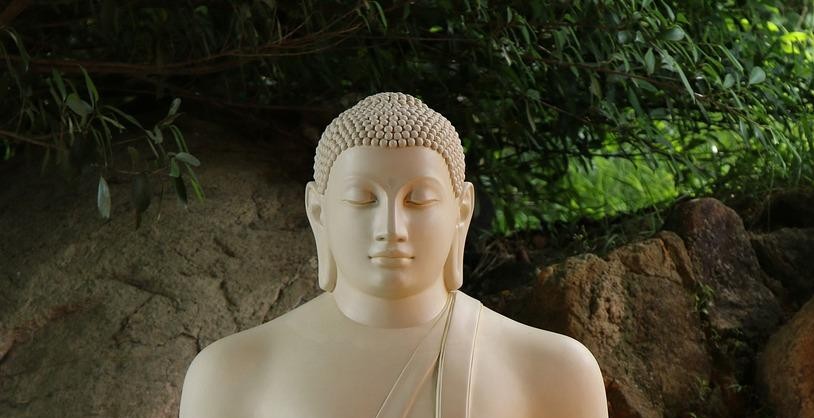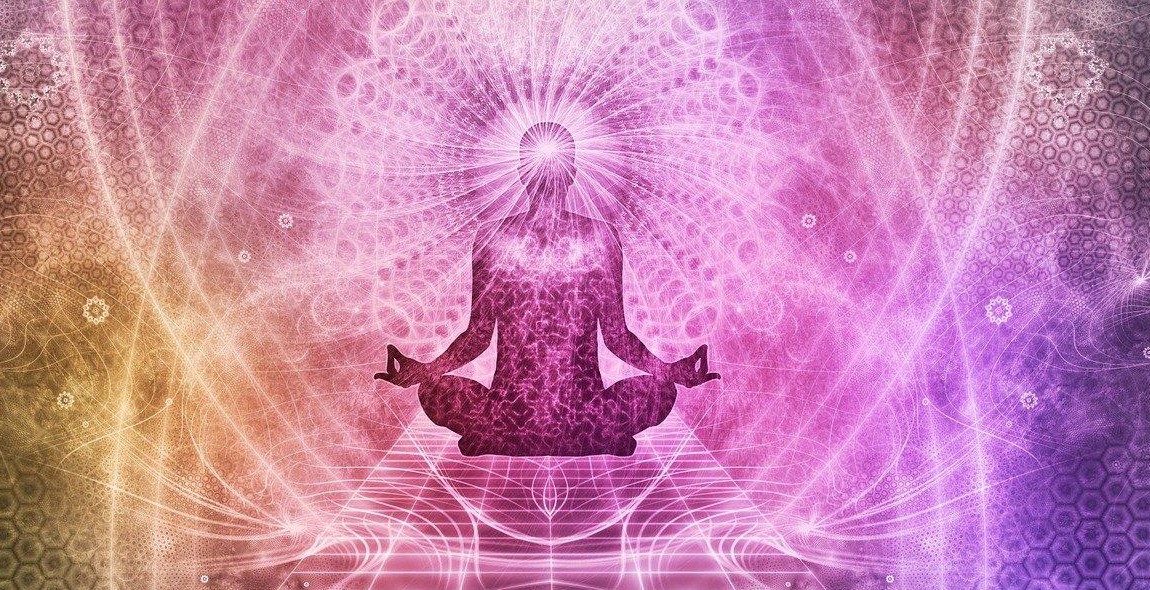How to Do Yoga: Beginner’s Guide to Yoga Poses and Practices
Yoga is a practice that has been around for thousands of years and has been gaining popularity in recent years due to its numerous health benefits. Whether you are looking to increase your flexibility, reduce stress, or improve your overall well-being, yoga can help you achieve your goals.
What is Yoga?
Yoga is a holistic practice that combines physical postures, breathing techniques, and meditation to improve physical, mental, and emotional health. It originated in ancient India and has since spread all over the world.
Why Should You Do Yoga?
Yoga has numerous health benefits, including improving flexibility, strength, balance, and endurance. It can also help reduce stress, anxiety, and depression and improve overall well-being. Regular practice can lead to a more peaceful and centered state of mind.
How to Get Started with Yoga
If you are new to yoga, it can be overwhelming to know where to begin. Start by finding a beginner’s class or online tutorial to learn the basic poses and breathing techniques. You will need a yoga mat and comfortable clothing that allows you to move freely.
Remember that yoga is a practice, not a competition. Listen to your body and take breaks when needed. With consistent practice, you will see improvements in your physical and mental health.

What is Yoga?
Yoga is a physical, mental, and spiritual practice that originated in ancient India more than 5,000 years ago. The word “yoga” comes from the Sanskrit word “yuj,” which means to unite or to join. Yoga consists of a series of postures, breathing exercises, and meditation techniques that are designed to promote physical, mental, and emotional wellbeing.
History of Yoga
The history of yoga can be traced back to ancient India, where it was developed as a way to promote physical and mental health. The first written record of yoga is found in the Rig Veda, one of the oldest sacred texts of Hinduism. Over time, yoga evolved into a complex system of physical, mental, and spiritual practices that were taught by gurus to their disciples.
Benefits of Yoga
The benefits of yoga are numerous and well-documented. Yoga can help to improve flexibility, strength, balance, and posture. It can also help to reduce stress, anxiety, and depression, and improve overall mental health. Additionally, yoga has been shown to lower blood pressure, improve heart health, and boost the immune system.
| Benefits of Yoga | |
|---|---|
| Improves flexibility | Reduces stress and anxiety |
| Strengthens muscles | Improves mental health |
| Improves posture | Lowers blood pressure |
| Increases balance | Boosts immune system |
Overall, yoga is a wonderful practice that can benefit people of all ages and fitness levels. Whether you are looking to improve your physical health, reduce stress, or simply find inner peace, yoga can help you achieve your goals.
Types of Yoga
There are various types of yoga, each with its unique set of poses, breathing techniques, and meditation practices. Here are some of the most popular types of yoga:
Hatha Yoga
Hatha yoga is a gentle form of yoga that focuses on breathing and basic poses. It is a good choice for beginners who want to improve their flexibility and balance.
Vinyasa Yoga
Vinyasa yoga is a flowing style of yoga that links breath with movement. It is a more dynamic form of yoga that focuses on building strength and endurance.
Ashtanga Yoga
Ashtanga yoga is a more demanding form of yoga that involves a set sequence of poses. It is a good choice for advanced practitioners who want to challenge themselves physically and mentally.
Bikram Yoga
Bikram yoga, also known as hot yoga, is practiced in a heated room. It involves a set sequence of 26 poses and is designed to improve flexibility and detoxify the body.
Kundalini Yoga
Kundalini yoga is a spiritual form of yoga that focuses on awakening the energy at the base of the spine. It involves dynamic breathing techniques, meditation, and chanting.
| Type of Yoga | Focus | Intensity | Room Temperature |
|---|---|---|---|
| Hatha Yoga | Breathing and basic poses | Gentle | Room temperature |
| Vinyasa Yoga | Flowing movement and breath | Moderate | Room temperature |
| Ashtanga Yoga | Set sequence of poses | High | Room temperature |
| Bikram Yoga | Set sequence of poses in a heated room | High | Hot (around 105°F) |
| Kundalini Yoga | Spiritual awakening and energy flow | Varies | Room temperature |

Yoga Poses for Beginners
If you are new to yoga, it is important to start with basic poses that can help you build strength, flexibility, and balance. Here are five yoga poses for beginners:
1. Mountain Pose (Tadasana)
Stand tall with your feet together and your arms at your sides. Ground your feet into the floor and lift your toes. Engage your thigh muscles and draw your shoulder blades down your back. Take deep breaths and hold the pose for up to one minute.
2. Downward Facing Dog Pose (Adho Mukha Svanasana)
Start on your hands and knees, with your wrists under your shoulders and your knees under your hips. Press your hands into the floor and lift your hips up and back. Straighten your arms and legs and press your heels toward the ground. Hold the pose for up to one minute.
3. Warrior II Pose (Virabhadrasana II)
Step your left foot back and turn it out to a 90-degree angle. Bend your right knee and align it with your ankle. Stretch your arms out to the sides, parallel to the floor. Hold the pose for up to one minute and then switch sides.
4. Tree Pose (Vrikshasana)
Stand on your left foot and place your right foot on your left thigh. Press your foot into your thigh and bring your hands to your heart. Find a focal point and hold the pose for up to one minute. Switch sides.
5. Child’s Pose (Balasana)
Kneel on the floor and sit on your heels. Fold forward and stretch your arms out in front of you. Rest your forehead on the floor and breathe deeply. Hold the pose for up to one minute.
These yoga poses for beginners can help you get started on your yoga journey. Remember to listen to your body and breathe deeply as you practice.
Breathing Techniques
Yoga is not only about physical postures but also about breathing techniques that help to calm the mind and improve overall health. Here are three popular breathing techniques:
Ujjayi Breathing
Ujjayi breathing is also known as “ocean breath” because of the sound it produces. To perform Ujjayi breathing:
- Sit in a comfortable position with your back straight.
- Inhale deeply through your nose.
- Exhale slowly through your mouth while constricting the back of your throat, producing a hissing sound.
- Repeat for several breaths.
Kapalbhati Breathing
Kapalbhati breathing is a cleansing technique that helps to remove toxins from the body. To perform Kapalbhati breathing:
- Sit in a comfortable position with your back straight.
- Inhale deeply through your nose.
- Exhale forcefully through your nose while pulling your belly button in towards your spine.
- Repeat for several breaths.
Nadi Shodhana Breathing
Nadi Shodhana breathing is also known as “alternate nostril breathing” and helps to balance the nervous system. To perform Nadi Shodhana breathing:
- Sit in a comfortable position with your back straight.
- Place your right thumb over your right nostril and inhale deeply through your left nostril.
- At the top of your inhale, close your left nostril with your right ring finger and exhale through your right nostril.
- Inhale through your right nostril and then close it with your right thumb.
- Exhale through your left nostril.
- Repeat for several breaths.
| Breathing Technique | Benefits |
|---|---|
| Ujjayi Breathing | Calms the mind and improves concentration |
| Kapalbhati Breathing | Cleanses the body and improves digestion |
| Nadi Shodhana Breathing | Balances the nervous system and reduces stress |

Meditation Practices
Meditation is an essential aspect of yoga practice. It helps to calm the mind, reduce stress and anxiety, and improve overall well-being. Here are three meditation practices that can enhance your yoga journey:
Mindfulness Meditation
Mindfulness meditation involves focusing on the present moment and observing your thoughts without judgment. It helps to develop self-awareness and improve concentration. To practice mindfulness meditation, find a quiet place to sit comfortably and close your eyes. Focus on your breath and observe your thoughts without getting attached to them. Start with a few minutes and gradually increase the duration.
Loving-Kindness Meditation
Loving-kindness meditation, also known as Metta meditation, involves cultivating feelings of love, kindness, and compassion towards yourself and others. It helps to reduce negative emotions and increase positive ones. To practice loving-kindness meditation, sit comfortably and visualize yourself or someone you love. Repeat phrases like “May you be happy, healthy, and peaceful” and extend the same wishes to others.
Chakra Meditation
Chakra meditation involves focusing on the seven energy centers in the body and balancing them. It helps to release blocked energy and improve physical and emotional health. To practice chakra meditation, sit comfortably and visualize each chakra starting from the root to the crown. Focus on the color and location of each chakra and repeat affirmations related to each one.
Try incorporating these meditation practices into your yoga routine to enhance your overall well-being and spiritual growth.
Yoga Props
Yoga props are essential tools that can help beginners achieve proper form and alignment in yoga poses. The following are some of the most commonly used yoga props:
Yoga Mat
A yoga mat is a must-have for any yogi. It provides a non-slip surface that can help prevent injuries and provide stability during poses. When choosing a yoga mat, look for one that is thick enough to provide cushioning but not too thick that it affects balance.
Yoga Blocks
Yoga blocks are great for beginners who may not have the flexibility to reach the ground in certain poses. They can be used to support the hands, feet, or hips and provide stability and balance.
Yoga Strap
A yoga strap is a useful tool for increasing flexibility and deepening stretches. It can be used to reach limbs that are otherwise out of reach and can help support the body in certain poses.
Yoga Blanket
A yoga blanket can be used to provide extra cushioning during seated poses or to support the head and neck during relaxation poses. It can also be folded and used as a prop for certain poses.
Yoga Bolster
A yoga bolster is a firm cushion that can be used to support the body during restorative poses. It can also be used to provide support and comfort during seated or lying down poses.
| Yoga Prop | Benefits |
|---|---|
| Yoga Mat | Provides a non-slip surface for stability and injury prevention |
| Yoga Blocks | Provides support and balance for beginners |
| Yoga Strap | Increases flexibility and deepens stretches |
| Yoga Blanket | Provides extra cushioning and support for the body |
| Yoga Bolster | Provides support and comfort during restorative poses |
Tips for a Successful Yoga Practice
Yoga is an excellent way to improve your physical and mental health. However, to get the most out of your practice, it’s essential to follow a few guidelines. Here are some tips for a successful yoga practice:
Set a Regular Schedule
Consistency is crucial when it comes to yoga. Setting a regular schedule and sticking to it will help you establish a routine and make progress. Choose a time of day that works for you and commit to practicing at least a few times a week.
Listen to Your Body
Yoga is not a competition; it’s about connecting with your body and breath. Pay attention to how you feel during your practice and modify or skip poses that don’t feel right for you. Remember, everyone’s body is unique, and what works for someone else may not work for you.
Start Slow and Progress Gradually
Yoga is a journey, not a destination. It’s essential to start slow and progress gradually to avoid injury and build strength and flexibility over time. Don’t push yourself too hard and be patient with yourself as you learn and grow.
Find a Qualified Teacher
A qualified yoga teacher can provide guidance, support, and feedback to help you improve your practice. Look for someone with experience and proper certification to ensure you’re learning safe and effective techniques.
Have Fun and Enjoy the Journey
Yoga is a joyful and uplifting practice that can bring many benefits to your life. Don’t take it too seriously and enjoy the journey. Remember to breathe, smile, and have fun!
